14 Green Foods that Are not Vegetables or Fruit
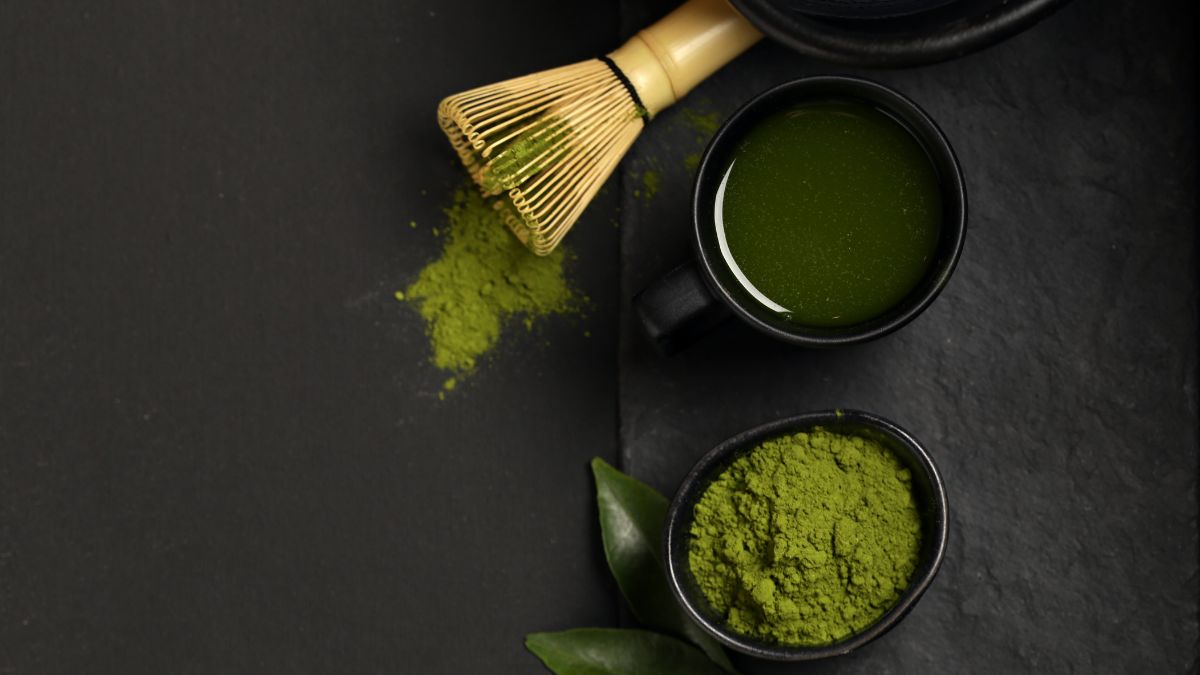
I was peacefully enjoying my daily cup of matcha when, all of a sudden, the thought hit me — what even is it? Is the powder made out of a veggie? So, I started researching, and it turns out it’s neither.
I’ve enjoyed all of these more than once, and I truly didn’t know that their classification was a mystery. Therefore, I got to researching, and here’s a list of mystery green foods you just have to try. So stick around, and you may just find something to spruce up your next meal with!
Chia Sprouts
Chia sprouts are also known as a superfood for their nutritional qualities. Have you ever wondered where chia seeds come from? Well, the chia plant is actually a flower, so neither a fruit nor a veggie.
Chia sprouts are very easy to get, and you can make them at home. Just place chia seeds on a paper plate and spray them with water daily. Not a few days later, you’ll notice chia sprouts you can add to your salads or sandwiches for some extra crunch.
Matcha (Green Tea Powder)
Matcha is another superfood, highly revered for its nutritional power. It is a vibrant green powdered tea made from green tea leaves. The leaves are ground into a fine powder, resulting in a bright green color and a smooth texture.
Still, green tea isn’t the only thing you can use matcha for. You can buy powdered matcha and make delicious matcha drinks or add it to smoothies, fresh juices, or even baked goods!
Matcha has a complex and unique flavor profile. It is earthy, herbal, and slightly sweet, with a slightly bitter note, so it may not be everyone’s cup of tea. I love matcha, and I recommend you give it a try.
Seaweed
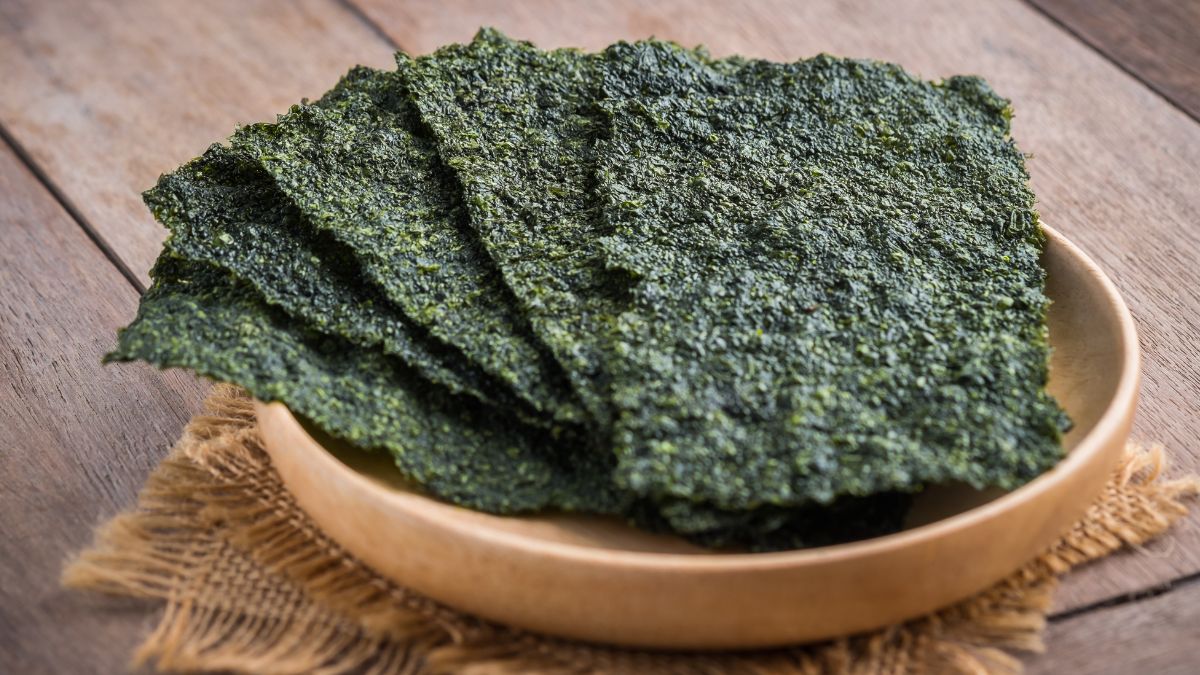
This green food that is not a vegetable has powerful nutritive qualities. Also, algae, which is the group where seaweed belongs, make the most of our oxygen, so you can imagine how potent they are.
There are various types of seaweed, such as nori, kelp, etc., and they have found wide applications in the culinary department. I love making seaweed soups and stews, as the seaweed adds texture and density to the food.
Seaweed is often used in Japanese cuisine, but it would be a good idea to spread the concept worldwide. It is often used in pharmaceutical products, especially food supplements and immunity boosters. [1]
Green Lentils
Green lentils are small legumes that come in various shades of green, and they are neither fruits nor veggies. They are yet another underrated superfood that can be used in countless combinations. From vegan, to vegetarian, to meaty meals, green lentils can tend to everyone’s palate.
Green lentils are mild in flavor, slightly nutty, and have a firm texture, which makes them perfect for salads. They hold their shape well during cooking and add a hearty and earthy taste to dishes. I especially love them in a green lentil salad with a few veggies and a creamy dressing.
Green lentils are an excellent source of plant protein, making them a great fit if you are on a plant-based diet. They are also rich in fiber and help digestion.
Neither a fruit nor a vegetable, lentils belong to the legume family and are harvested from the lentil plant.
Green Split Peas
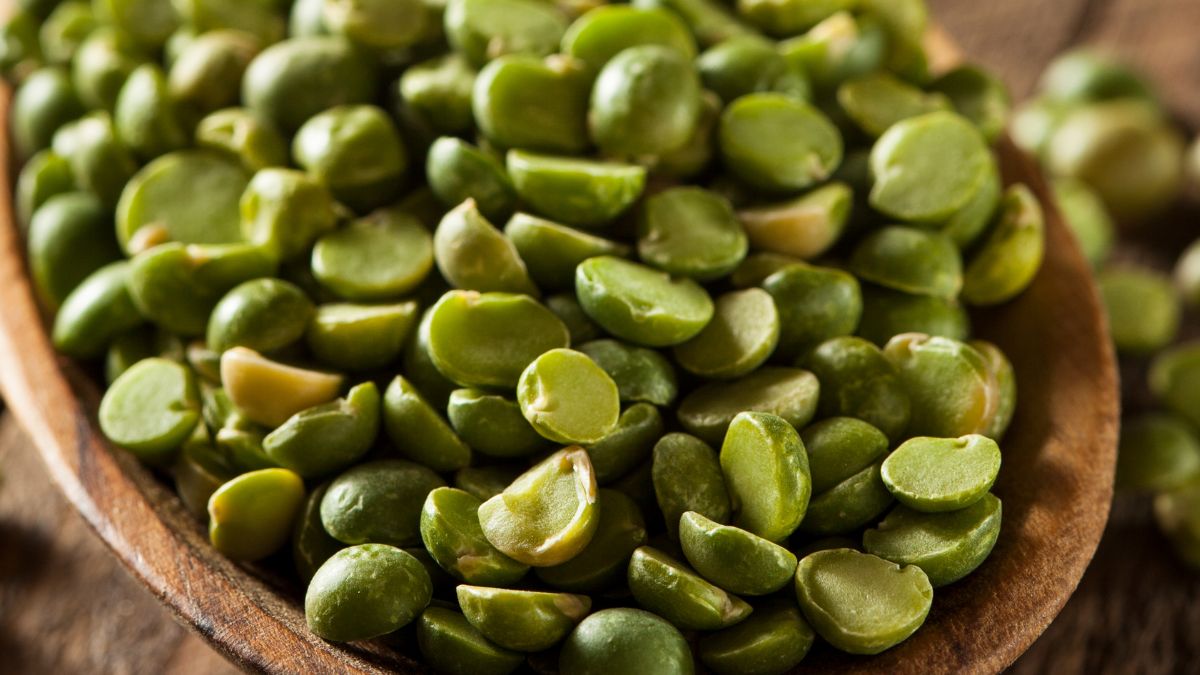
Sadly, split peas are an underrated superfood that hasn’t been given the attention it deserves. This highly nutritious tiny powerbomb is loaded with minerals and offers many benefits.
Still, the nutritious qualities aren’t the only thing this superfood has to offer. Known for its earthy and hearty flavor, split peas offer many cooking possibilities. They also hold their shape, making them an excellent idea for drier meals.
Stews and soups are sort of a given when it comes to split peas. Their gentle taste makes them great for seasoning and experimenting with various flavor combinations.
I often use split peas even in dishes where the recipe doesn’t call for these tiny miracles. They are very versatile and incredibly adaptable to the surrounding flavors.
Like lentils, green split peas are legumes and are not classified as fruits or vegetables.
Green Pistachios
The green pistachio is a famous type of nut, of which you have probably heard, and I honestly hope you’ve tried it. I like to call pistachios the fancier kinds of nuts because they are very refined in texture and flavor.
These green foods that aren’t vegetables or fruits have a distinctive green exterior and pale brown interior. They are smooth-textured, and sometimes they can be salty, but mostly they are nutty, buttery, and very rich in taste.
Green pistachios have a very wide application, being used in desserts, cold platters, or roasts. Often, green pistachios are used as a meal decoration. I like to combine them with dried figs and raisins for a fancy platter effect.
Green pistachios come from the fruit of the pistachio tree.
Green Algae
As I mentioned before, algae are a potent food beneficial for us, as well as the environment. Rich in nutrients, they are a big part of the pharmaceutical industry, serving as a base for many immunity boosters and supplements. [2]
They are also a very popular ingredient in Japanese cuisine, featuring many traditional Japanese dishes, such as soups and stews, as well as salads. Neither a fruit nor a vegetable, green algae are microscopic freshwater algae harvested for their nutritional value and benefits.
With their particular flavor, they aren’t everyone’s cup of tea, but if you know how to prepare them, chances are you will enjoy them. Earthy, fishy, and slightly bitter, they may not sound like a delicacy, but they are worth a chance, nevertheless.
Green Mung Beans
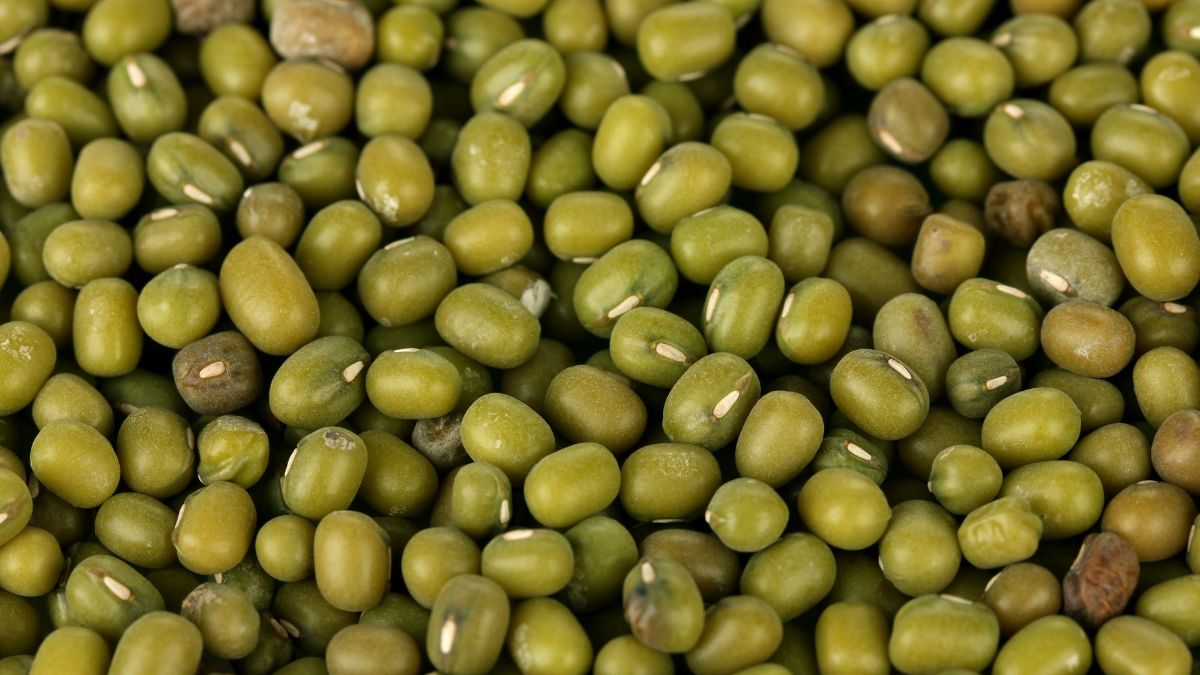
Native to India, these small, green legumes are a popular ingredient in many Asian dishes. They are particularly common in Chinese and Japanese dishes. Featuring sweet and savory meals, they are a very versatile green food that isn’t a vegetable or a fruit.
I love them for their slightly sweet taste and tender texture which make them perfect to include in many dishes. I especially enjoy them stir-fried with corn, peas, rice, and soy sauce.
Green Edamame
Green edamame is young, green soybeans harvested before they fully mature. They have a typical soy flavor, only a little fresher and slightly more on the bitter side. They remind me of green peas, but not as soft-textured.
Green edamame is a very popular ingredient in many dishes, such as stir-fries, roasted vegetables, soups, and stews. Since they hold their shape, they are also good in salads as well.
Traditionally, green edamame is served as a snack in Japanese cuisine and is often served steamed or boiled with only a pinch of salt.
Green Basil
You definitely know why basil is a green food that isn’t a vegetable or fruit. It’s an herb and one of the tastiest ones. Green basil is a fragrant herb that you can have, dried or fresh. What you probably don’t know is that green basil is a very good tea option, revered for its healing properties.
In addition to being used for tea, green basil is a well-known spice used in countless dishes. I add fresh basil to tomato-based dishes, such as pasta sauces or salads containing tomatoes, lice Caprese, for example.
For soups, stews, pizzas, or pastries, I prefer dried basil. Basil is used as a culinary herb in various cuisines, including Italian, Thai, and Mediterranean dishes since it is an herb that naturally grows worldwide.
Green Bamboo Shoots

Less known as food and more popular as decorative elements, bamboo shoots are edible shoots of bamboo plants and come in various colors, including green.
Green bamboo shoots have a mild and slightly earthy flavor with a crunchy texture. They taste a little bit like grass, with a crunchy and refreshing element. You can have them as a snack with hummus or use them in salads or stir-fries.
Bamboo shoots are mainly used in Asian cuisine, especially in dishes like stir-fries, curries, and soups.
Green Brazil Nuts
Rich in selenium, delicious, and crumbly, green Brazil nuts have a bright green shell and an eggshell interior. They are quite large and pretty satiating.
I love them for their exotic taste, with coconutty and buttery notes. Slightly salty, they are an excellent and very restorative snack idea, as well as a delicious enrichment to many dishes.
Basically, I add them anywhere where I think that they would go. I especially like them crushed on top of cakes or other creamy desserts.
Pumpkin Seeds
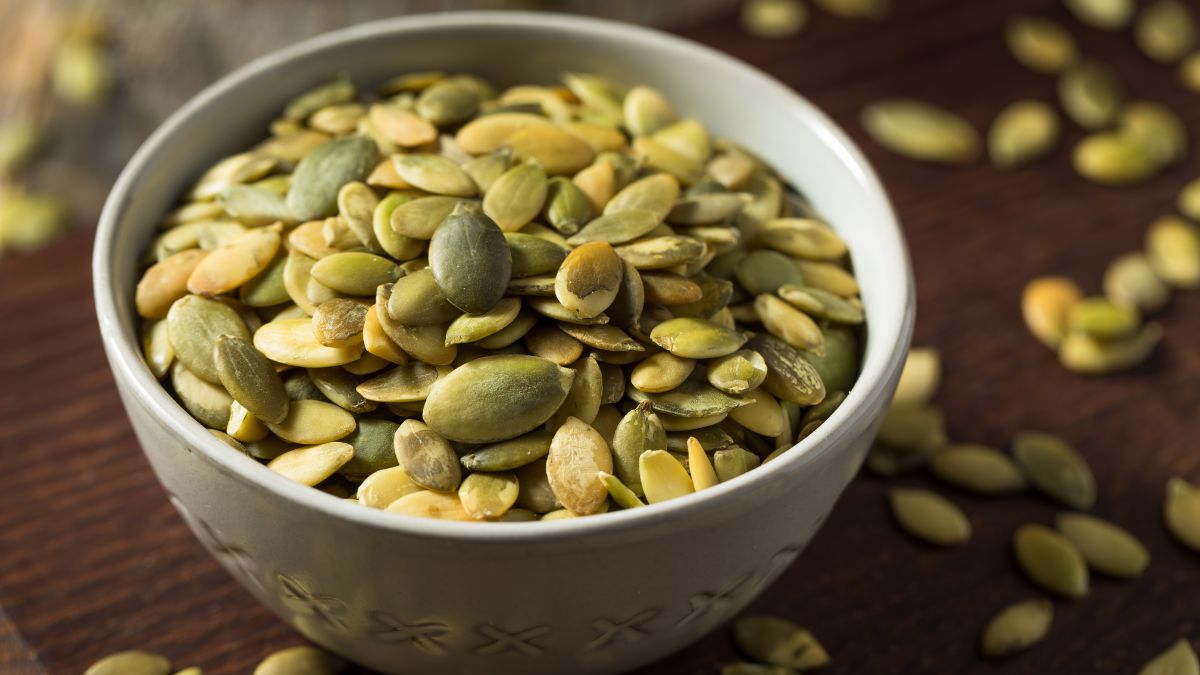
Pumpkin seeds are a tiny dark green superfood you can have with absolutely everything. From snacks to salad ingredients to crunchy elements in soups, stews, roasted veggies, or plate decorations, they have an extremely extensive scope of use.
Their nutritional qualities are unparalleled, and having them daily is not only delicious but a choice that’s good for you. Coming from the pumpkin plant, they retain the earthy pumpkin flavor, enriched with a crumbly texture.
Green Wheatgrass
Green wheatgrass is the grass of the wheat seeds. This green food, which isn’t a vegetable or a fruit, is known for its nutritional properties, and it is often juiced instead of cooked. Still, since juicing green wheatgrass takes time, I have found a way to incorporate it into my diet.
I usually grow it at home and add it to sandwiches or salads. The flavor isn’t very pronounced, though a few lemon drops can help bring it out.
And, since you’ve reached the end of this list, I have a question: Have you been cooking with any of these often? I’m excited to read about your experience in the comments below!
